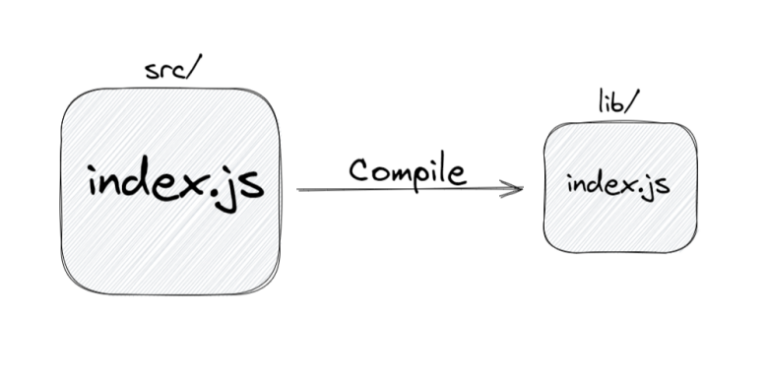new technologies and offers from different companies
Business and scientific organizations are actively working to create new battery production technologies in order to reduce their cost, increase reliability, capacity and reduce their environmental impact. The main focus is on developing new technologies for creating cathodes and anodes, as well as increasing the energy density of batteries. This will improve the efficiency of the new type of batteries.

Fundamentals of Cleaner Production
California-based Sylvatex has developed an efficient, water-free process for producing cathode active material (CAM). “The new technology reduces the overall cost of CAM by 25%. This results in an 80% reduction in energy use, no water use and no sodium sulfate waste,” said Virginia Klausmeyer, CEO and founder of Sylvatex.
Sylvatex's goal is to reduce the carbon footprint of battery production. Klausmeyer argues that other companies in the battery industry continue to use ineffective technologies despite the rapid growth of the market. This results in high costs, low productivity and negative environmental impacts. “These plants use 760 million liters of water annually, and the cathode material accounts for approximately 50-70 percent of the cost of the battery pack,” says the Sylvatex CEO.

The production process for lithium-ion cathodes and batteries is very complex and involves many steps. First, ores containing valuable metals such as cobalt, manganese, aluminum and nickel are mined. They are crushed in special mills to create an even distribution of metal components. Next, the ores are treated with sulfuric acid. The sulfate salts are then mixed with lithium salts, crushed and heated to remove impurities and fuse. The resulting material is used to create cathodes, which are then laid in layers and pressed by rolling. Finally, the layers are wound onto a spool and placed into the battery case along with other components to complete the assembly.
“We've developed a technology that doesn't require water,” Klausmeyer said. “The new process provides greater flexibility in sourcing raw materials, including both recycled materials and lower-process mined and refined components.” Klausmeyer said Sylvatex uses hydroxides, or metal oxides, as raw materials and described the workflow for the new battery cathode material production.
Mixing raw materials with additives. The process of mixing raw materials (hydroxides or metal oxides) with a proprietary additive creates a uniform mixture. It is not a typical surfactant. Mixing takes place in a special reactor or boiler in order to ensure uniform distribution of the additive into the raw material.
Calcification stage. During this stage, the raw materials are heated in special ovens to a certain temperature in an environment with a limited supply of oxygen. This allows you to change the chemical and physical properties of the mixture without completely melting it.
Eliminating sulfur from the CAM process results in reduced hazards associated with risks to worker health and the environment.
Creation of sodium-ion batteries
Northvolt Company previously specialized in lithium-ion batteries, but is now expanding its capabilities by working on sodium-ion battery technology. “Two years later, we can confidently say that our sodium-ion battery technology is the most efficient on the market. We are talking about an energy density of 160 watt-hours per kilogram. This is comparable to the density of existing iron phosphate (LFP) batteries,” says Andreas Haas, senior program manager for Northvolt’s new business. Although sodium-ion batteries may have lower energy density compared to other battery types, their cost advantage and safety make them more attractive to consumers.
“In recent years, we have been studying the need for LFP batteries,” says Haas. — 99% of the cathode material for them is supplied from China, and there is no competitive way of producing it anywhere else in the world. So sodium-ion batteries are the best alternative today.”
Northvolt now uses the material Prussian White as a cathode and solid carbon from biowaste for the anode. Prussian White is an iron-containing substance created in 1704. John Goodenoff discoveredthat its structure allows it to efficiently incorporate sodium ions, making it a promising cathode material in sodium-ion batteries. Its advantage is also its low cost. Its use in combination with new production technologies reduces the carbon footprint of products and the risk of fire during use.

Haas notes that sodium-ion batteries have several advantages over Li-Ion. First, sodium can be extracted from salt water, which is found everywhere, while lithium has a more limited geographic distribution. In addition, the use of sodium batteries allows you to not depend on expensive materials such as nickel, cobalt, copper and graphite, which will help stabilize prices and reduce the overall cost of batteries.
What else?
Companies and scientists are also actively researching new materials and technologies to create better and more affordable batteries. For example, the University of California at Los Angeles has opened a center that is searching for optimal materials for Na-Ion batteries. The goal is to create a product that is optimal in terms of efficiency and durability as an alternative to lithium batteries. Research is being conducted to introduce fluoride into lithium batteries to increase their capacity. Conductive polymers are also being tested to help speed up charging and improve cell safety.
At the same time, Li-Metal Corp is developing super-thin lithium battery anodes that are only 2 to 20 microns thick. This will not only increase the energy density of the batteries, but also speed up their charging. In addition, the company plans to replace copper with a metallized polymer, which will reduce the cost and weight of the battery.

Li-Metal Corp uses electrolysis to produce lithium. It is then deposited onto a polymer base, creating a thin film. The company is scaling up the process to increase the scale of lithium production.
Overall, the battery industry has many companies competing to lead the development of electric vehicle and energy storage technologies, making the market dynamic and competitive. Perhaps in the coming years we will hear about some new products that will radically change the battery market. There have been no such breakthroughs over the past couple of decades, but this does not mean that they will not happen.



